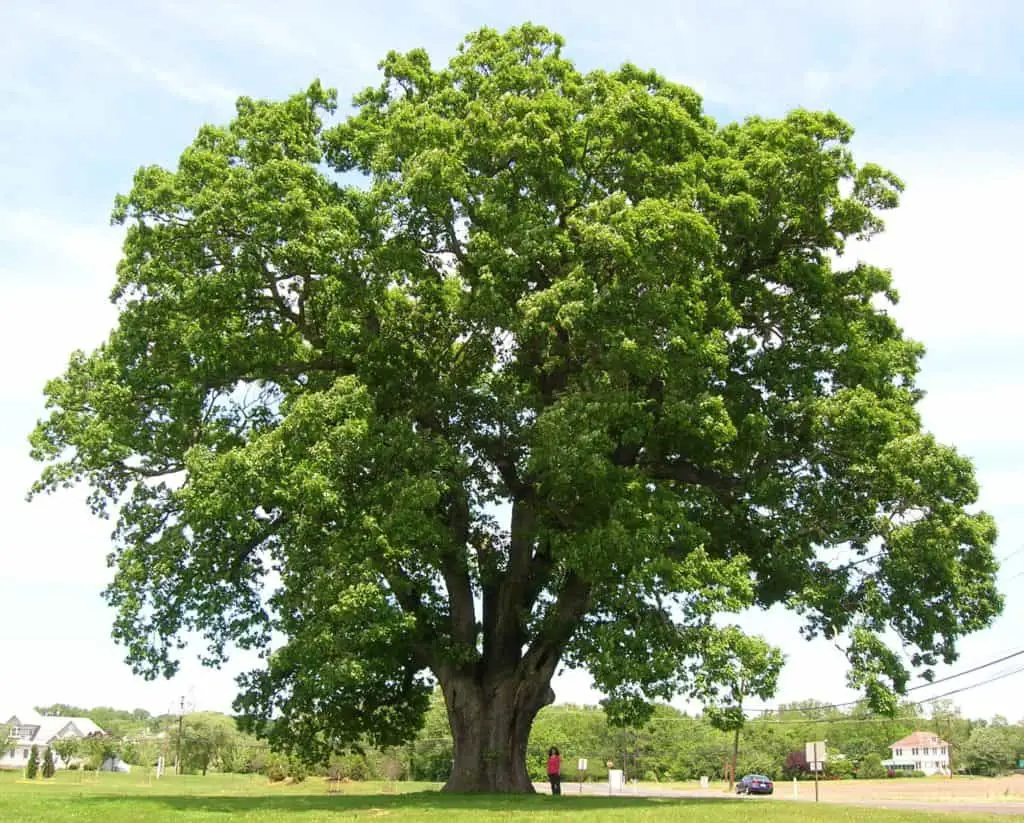Wood is a ubiquitous material that has been used for various purposes for centuries. It is strong, durable, and versatile, which is why it is still widely used today.
However, one thing that wood cannot do is melt. Many materials can be melted, but wood is an exception.
In this article, we will explore the reasons why wood doesn’t melt and provide informative insights that will help you understand this phenomenon.
Table of Contents
Why wood doesn’t melt (explained)
Chemical Composition of Wood
Wood is composed of organic materials such as cellulose, hemicellulose, and lignin. These materials are composed of long chains of molecules that are bonded together with chemical bonds.
When heated, these chemical bonds start to break down, causing the wood to decompose rather than melt. As the temperature increases, the wood will eventually burn rather than melt, producing smoke, ash, and other byproducts.
High Ignition Temperature
Wood has a high ignition temperature, which means that it takes a lot of heat for wood to catch fire and start burning.
The ignition temperature of wood varies depending on the type of wood and its moisture content, but it generally ranges from 300°C to 400°C. Once the wood reaches its ignition temperature, it will begin to burn rather than melt.
This is because the heat causes the wood to decompose and release flammable gases, which then ignite and sustain the fire.
Low Thermal Conductivity
Wood has a low thermal conductivity, which means that it doesn’t conduct heat very well.
This is because the spaces between the wood fibers act as insulators, reducing the transfer of heat.
This property is beneficial for preventing heat loss in buildings and makes wood an excellent choice for insulation.
However, it also means that wood cannot reach the temperatures required to melt, as the heat is not conducted efficiently enough to produce the necessary energy.
Anisotropy
Wood is anisotropic, which means that its properties vary depending on the direction of the wood fibers. This property can affect how wood reacts to heat and makes it difficult for wood to melt uniformly.
When heated, the wood fibers in different directions will start to decompose at different rates, causing the wood to warp, twist, or crack.
This can make it difficult for wood to melt evenly and is another reason why wood doesn’t melt.
Moisture Content
Wood that is too wet or too dry will not melt as efficiently as wood that has the right moisture content. Wet wood will take longer to heat up, and dry wood will heat up faster but will also burn more quickly.
The ideal moisture content for wood is between 10% and 20%. This is because wood that is too wet or too dry will not decompose evenly when heated, making it difficult to melt.
Density
The density of wood can affect its ability to absorb and transfer heat, which can impact how it reacts to high temperatures.
Dense wood will absorb heat more slowly than less dense wood, making it more difficult to melt.
In addition, the density of wood can also affect how it burns, as denser wood will burn slower and produce more heat than less dense wood.
Type of Wood
Different types of wood have different properties, such as hardness, density, and lignin content, which can affect how they react to heat.
Softwoods such as pine and spruce have a lower density and ignite at a lower temperature than hardwoods such as oak and maple.
In addition, different types of wood have different lignin content, which affects how they decompose when heated. This can impact how efficiently they can be melt





